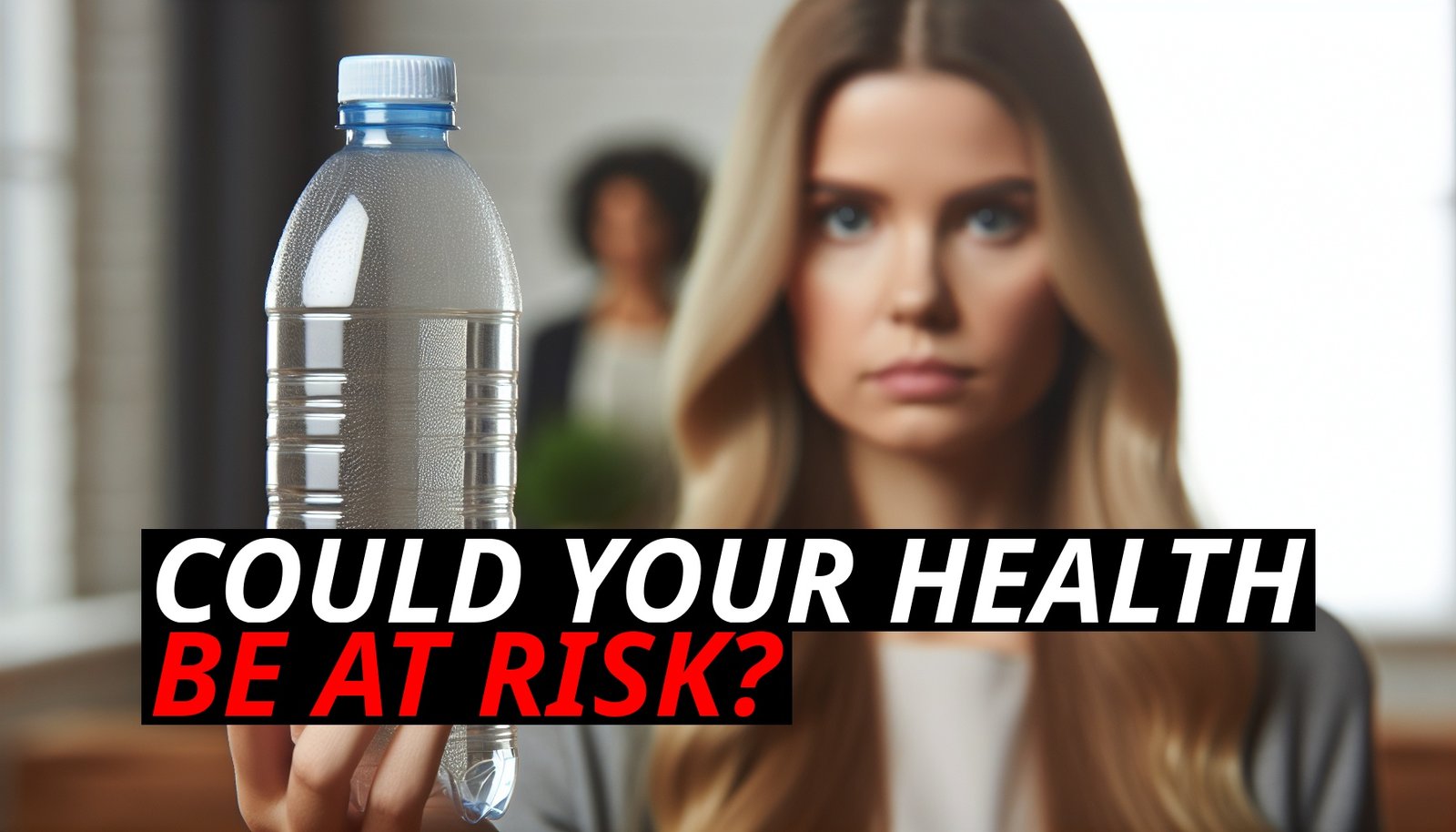Is That Single-Use Plastic Putting Your Health At Risk?
You’ve seen the headlines and watched the documentaries. Single-use plastics are choking our oceans, littering our landscapes, and threatening wildlife. The environmental toll is undeniable. But what if I told you that the dangers of single-use plastics go beyond harming the planet? What if those same plastics were also quietly threatening your health?
From takeout containers to plastic straws, single-use plastics have become an everyday convenience. However, these seemingly harmless items can pose significant health risks due to the chemicals they contain. Let’s explore how single-use plastics could be doing more than just polluting the earth—they might also be polluting your body.
The Chemical Cocktail In Single-Use Plastics
Single-use plastics are made from a complex mix of chemicals that give them their shape, durability, and flexibility. While these characteristics make them convenient for short-term use, they also contribute to a range of potential health risks:
– Bisphenol A (BPA) and Bisphenol S (BPS): BPA is a well-known chemical used in the production of certain plastics, including those found in some single-use items. BPA is an endocrine disruptor, meaning it can interfere with hormone functions in the body. Even though many products are now labeled BPA-free, they often contain BPS, a similar compound that may have comparable health effects, including hormone disruption, reproductive issues, and an increased risk of cancer.
– Phthalates: Phthalates are chemicals used to make plastics more flexible. They’re found in a wide range of single-use plastic items, including food packaging and medical supplies. Like BPA, phthalates are endocrine disruptors and have been linked to developmental issues, fertility problems, and even respiratory issues. These chemicals can leach into food and beverages, especially when exposed to heat.
– Styrene: Styrene is a chemical found in polystyrene, the material used to make foam takeout containers and cups. The International Agency for Research on Cancer (IARC) has classified styrene as a possible human carcinogen. Long-term exposure to styrene has been associated with an increased risk of cancer, as well as other health issues such as headaches, fatigue, and respiratory problems.
How These Chemicals Enter Your Body
The chemicals in single-use plastics don’t just stay in the plastic—they can migrate into the food and beverages they come into contact with. Here’s how this can happen:
– Heat Exposure: When plastic is heated, either through microwaving food in plastic containers or placing hot liquids in plastic cups, the rate of chemical leaching increases. This means that more of these harmful chemicals can end up in your food and drink, leading to higher exposure.
– Storage Conditions: Storing food in plastic containers for extended periods, especially in warm environments, can also lead to chemical leaching. This is particularly concerning with acidic or fatty foods, which are more likely to absorb these chemicals.
– Environmental Breakdown: Even if you’re not directly consuming food from single-use plastics, the breakdown of these materials in the environment can lead to the release of microplastics. These tiny plastic particles can enter the food chain and eventually make their way into your body through the consumption of seafood or other contaminated foods.
The Health Risks Of Chemical Exposure
The chemicals found in single-use plastics have been linked to a variety of health issues, some of which can have long-term effects:
– Hormonal Imbalances: As endocrine disruptors, chemicals like BPA and phthalates can mimic or interfere with the body’s natural hormones. This can lead to a range of health problems, including weight gain, mood disorders, and metabolic issues.
– Reproductive Health Concerns: Exposure to these chemicals has been linked to reproductive health issues, including reduced fertility, developmental problems in children, and an increased risk of birth defects.
– Increased Cancer Risk: The potential link between chemical exposure from plastics and certain cancers is a growing area of concern. Styrene, in particular, has been associated with an increased risk of leukemia and lymphoma, as well as other cancers.
– Developmental and Behavioral Issues: For pregnant women and children, exposure to these chemicals can be particularly harmful. Studies have suggested a link between prenatal exposure to endocrine disruptors and developmental issues in children, including learning disabilities and behavioral problems.
Reducing Your Exposure: Safer Alternatives To Single-Use Plastics
Given the potential health risks associated with single-use plastics, it’s important to consider safer alternatives. Here are some steps you can take to reduce your exposure:
– Switch to Reusable Containers: Invest in glass, stainless steel, or food-grade silicone containers for storing food and beverages. These materials are free from harmful chemicals and are durable enough to be used repeatedly.
– Avoid Heating Plastics: Never microwave food or beverages in plastic containers, even if they’re labeled microwave-safe. Instead, transfer your food to a glass or ceramic dish before heating.
– Choose Plastic-Free Packaging: Opt for products that come in glass, cardboard, or other non-plastic packaging. This reduces your exposure to harmful chemicals and helps cut down on plastic waste.
– Be Cautious with Food Storage: Store food in glass or stainless steel containers, especially if it’s going to be kept for an extended period. Avoid using plastic wrap or plastic bags for storing high-fat or acidic foods.
– Support Plastic-Free Initiatives: Consider supporting businesses and policies that prioritize plastic-free packaging and sustainability. Your choices can help drive demand for safer, healthier alternatives.
Conclusion: More Than Just An Environmental Issue
The conversation around single-use plastics often focuses on their environmental impact, but the health risks they pose are just as important. From hormone disruption to an increased risk of cancer, the chemicals found in these plastics can have serious consequences for your well-being.
By making conscious choices to reduce your use of single-use plastics and opting for safer alternatives, you can protect both your health and the planet. It’s a small change with a big impact—one that benefits you, your family, and the world around you.













